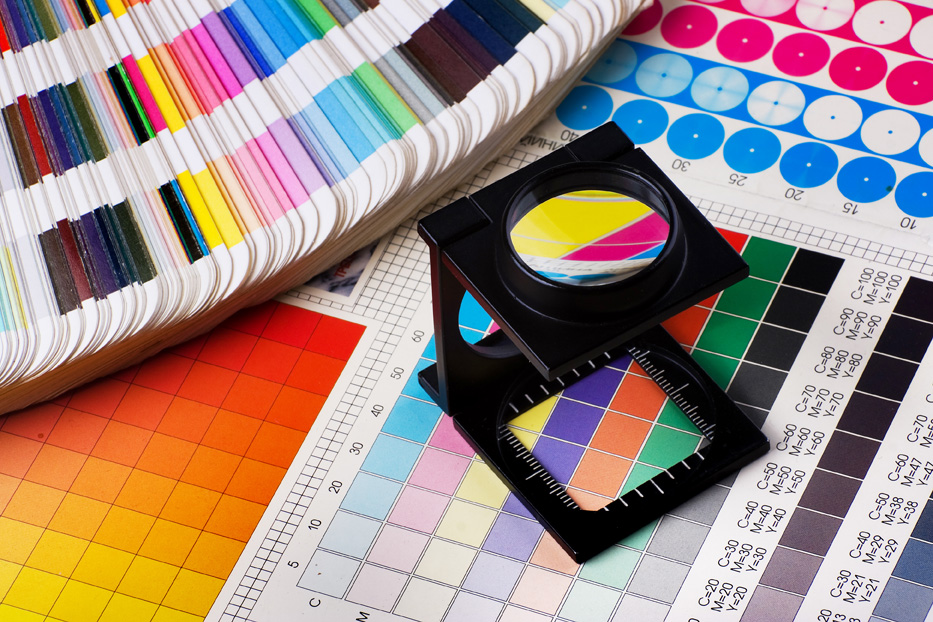Enhancing Brand Identity: Understanding Color Psychology

In the world of graphic design and marketing, color plays a pivotal role in conveying emotions, setting the tone, and establishing brand identity. Whether you’re designing a logo, website, or marketing materials, the colors you choose can evoke specific moods and perceptions. Understanding color psychology and its effects on human behavior is essential for creating impactful designs that resonate with your audience.
Color psychology is a study that examines how colors affect human emotions and behaviors. Different colors have different meanings and can evoke various emotions. For example, blue is often associated with trust, calmness, and professionalism, making it a popular choice for corporate branding. On the other hand, red is associated with energy, excitement, and passion, making it suitable for brands that want to create a sense of urgency or grab attention.
When selecting colors for a brand, it’s important to consider the overall message and values you want to convey. Here are some common color moods and their meanings in graphic design:
1. Red: Red is a powerful color that symbolizes passion, energy, and excitement. It can create a sense of urgency and is often used to grab attention.
2. Blue: Blue is a calming and trustworthy color that is often associated with professionalism and reliability. It is commonly used by corporate brands to convey a sense of stability and trustworthiness.
3. Green: Green is a color that symbolizes growth, health, and nature. It is often used by brands that want to convey a sense of freshness and eco-friendliness.
4. Yellow: Yellow is a cheerful and energetic color that is often associated with happiness and positivity. It can be used to create a sense of warmth and optimism in designs.
5. Purple: Purple is a color that is often associated with luxury, royalty, and sophistication. It can create a sense of elegance and mystery in designs.
6. Orange: Orange is a vibrant and energetic color that is often associated with creativity and enthusiasm. It can be used to create a sense of excitement and innovation in designs.
7. Black: Black is a color that is often associated with sophistication, elegance, and power. It is commonly used in luxury branding to convey a sense of exclusivity and luxury.
8. White: White is a color that symbolizes purity, cleanliness, and simplicity. It is often used in minimalist designs to create a sense of space and clarity.
By understanding the psychology of colors and their effects on human emotions, graphic designers can create designs that resonate with their audience and effectively communicate the brand’s message and values. Whether you’re designing a logo, website, or marketing materials, the colors you choose can make a significant impact on how your brand is perceived.
Contact us for more information on marketing options that best suit your business.
